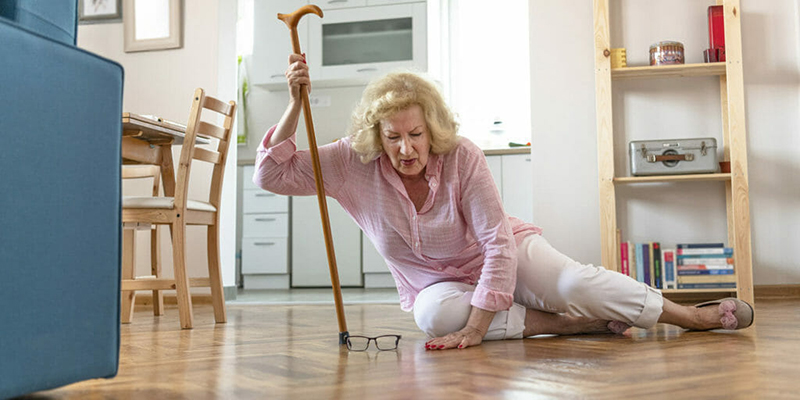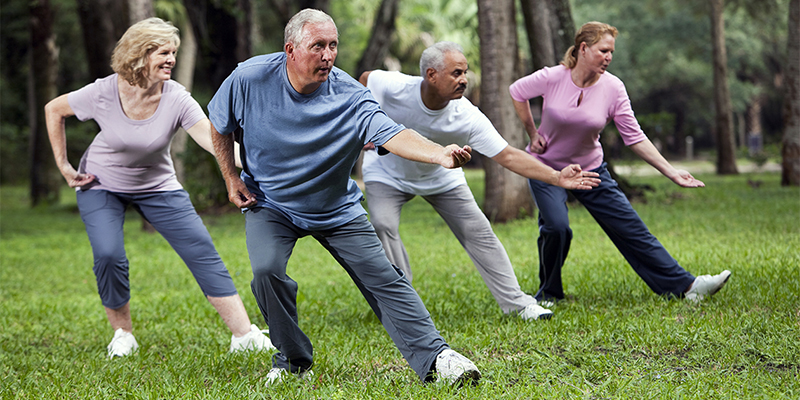Effective Fall Prevention Strategies For Seniors
Fall prevention is a hot topic when it comes to helping seniors stay independent and healthy. As we age, changes in balance, muscle strength and vision can make a simple slip a perilous fall. But the good news is there are many practical strategies to reduce the risk of falls. In this post, we'll review some fall prevention strategies, compare their benefits, and share some actionable tips to make your home a safer place – all conversational.
Fall prevention is a hot topic when it comes to helping seniors stay independent and healthy. As we age, changes in balance, muscle strength and vision can make a simple slip a perilous fall. But the good news is there are many practical strategies to reduce the risk of falls. In this post, we'll review some fall prevention strategies, compare their benefits, and share some actionable tips to make your home a safer place – all conversational.

Why Fall Prevention Matters
For seniors, a fall is not just an accident – it can be severe – hip fractures, head trauma or even a decline in overall health. According to the Centers for Disease Control and Prevention, nearly 3 million older Americans visit the emergency room each year due to falls, with many more experiencing lasting effects like reduced mobility and loss of confidence.
Beyond the physical damage, falls can take an emotional toll. The fear of falling again can cause many seniors to limit their activities, ironically leading to more muscle weakness and balance issues. We can break this cycle of inactivity and increased fall risk with the right interventions.
Top Fall Prevention Strategies
There's no one-size-fits-all when it comes to fall prevention. Different strategies can work together to create a plan tailored to an individual's needs. Here are the best:
Home Changes: Making changes to the living space – like removing clutter, installing grab bars and improving lighting – can reduce environmental hazards. Mayo Clinic says even small changes can make a big difference in safety.
Exercise Programs: Regular physical activity that targets strength, balance and flexibility is key. Exercise like tai chi, Yoga or even simple balance drills (like standing on one leg) can improve muscle strength and stability. Studies show that targeted exercise can cut fall risk by 50%.
Medication Reviews: Some medications can cause dizziness or drowsiness, increasing fall risk. Regular reviews with healthcare providers can help identify and adjust medicines that contribute to balance issues.
Assistive Devices: For some seniors, devices like canes, walkers, or even wearable fall detection systems can provide extra stability and quick access to help if a fall occurs.
Annual Health Checkups: Vision and hearing changes happen as we age. Regular checkups can catch problems early and implement measures to reduce the risk of falls further.
Practical Tips To Get Started
Once you’ve decided on the strategies that might work for you or a loved one, here are some actionable tips to implement them:
Assess Your Home: Walk through your home with a critical eye. Look for loose rugs, poor lighting, or clutter that could trip you up. Simple fixes like adding non-slip mats in the bathroom or installing extra lights in hallways can make a big difference.
Incorporate Daily Exercise: Even if it's just for 10–15 minutes a day, activities like balancing on one leg, gentle stretching, or walking can help maintain strength and stability. Try a tai chi class for a fun twist—it's both meditative and excellent for balance.

Schedule Regular Checkups: See your doctor regularly for vision and hearing exams. These checkups help maintain your overall health and catch issues that might lead to falls.
Review Your Medications: Keep a list of all your medications and review them periodically with your healthcare provider. Sometimes, a simple dosage change or switch to a different medication can reduce side effects like dizziness.
Consider Assistive Devices: If you feel unsteady, talk to your doctor about using a cane or walker. Modern devices are designed to be both effective and stylish, making them a practical addition to your daily routine.
Real-Life Impact And Future Insights
Fall prevention doesn't just mean physical safety—it means overall quality of life. When seniors feel safe in their homes, they're more likely to stay active and socially engaged. That can have significant effects, from improved mood to reduced isolation and depression.
Recent research shows balance isn't just about muscle strength—it's a complex interplay between our senses, neurological responses, and environment. For example, a study from Mayo Clinic found that how long you can stand on one leg is a good indicator of overall health. Balance exercises improve stability and train your brain to handle unexpected slips or trips.
And technology is starting to play a role in fall prevention. Wearable fall detection devices and smart home systems that monitor for hazards are becoming more available; an extra layer of safety for seniors who live alone, peace of mind, and help is just a button press away.
Next Steps
Fall prevention is a journey, not a one-time fix. The first step is awareness—recognizing that falls are risks that can be managed with proactive measures. Start small by making changes at home, exercising regularly, and not being afraid to ask for help when you need it.
Each strategy has its benefits, and often, the best approach is a combination of several tailored to your needs. Whether updating your home environment or fine-tuning your exercise routine, every positive change contributes to a safer, more independent life.